Think back to your yesterday’s lunch. Was it sliced and dressed by a run-of-the-mill kitchen knife or did it get the Michelin star treatment from a meticulously sharpened chef’s knife? A stark difference in outcome, wouldn’t you agree? In the realm of optimizing your marketing strategy, that’s where the edge lies for the top 1% – keen precision and mastery of tools that the majority might pay no heed to.
Astonishingly, 80% of your marketing success orbits around a mere 20% of your overall strategy. It’s not magic – it’s a number game, a science, yet practiced only by the elite minority. You’d think that would be compelling enough to see more than just the top 1% of marketers eschewing their blunt tools, wouldn’t you? And therein lies the secret that this quick and lean guide is eager to share – the unique strategies that the top 1% deploy to navigate the riveting world of marketing.
Lo and behold, marketing Jedi, your path to word-wielding power has just been illuminated.
Unveiling the Secrets of Top Marketers: How to Optimize Your Marketing Strategy
TL;DR:
- Successful marketing relies on identifying and understanding your target audience.
- Goal setting is key to marketing optimization and cannot be overlooked.
- Choosing the right marketing channels can drastically improve your campaign outcomes.
Step 1: Identify Your Target Audience
Identifying who you’re trying to reach should be your first step in optimizing your marketing strategy. Knowing your customer down to their demographics and psychographics is invaluable.
This involves understanding not just who your customers are in terms of age, income, and location (demographics), but also their attitudes, interests, and behaviors (psychographics).
Tailoring your marketing messages to your target audience’s needs and desires is far more likely to resonate than a generalized campaign.
Furthermore, considering the audience’s various traits allows for effective audience segmentation. This segmentation-breaking down your audience into smaller, more focused groups-enables more personalized marketing endeavors resulting in better efforts that hit closer to home with your audience.
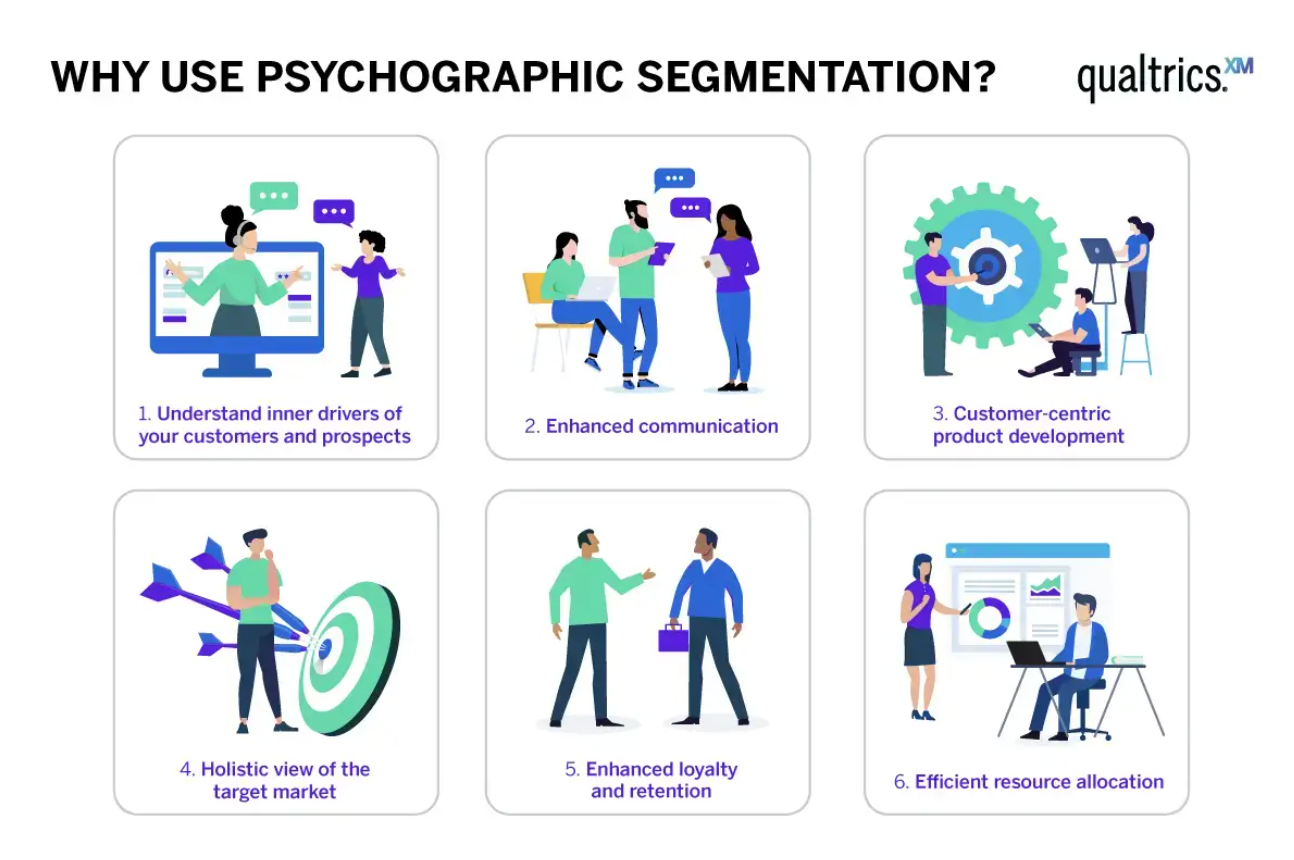
Step 2: Set Clear and Measurable Goals
Every efficient marketer understands the necessity of setting clear goals. Why? Because without them, how would you measure your success? This is where SMART goals come in. SMART is an acronym standing for:
S – Specific
M – Measurable
A – Achievable
R – Relevant
T – Time-bound
Applying this methodology to your marketing objectives ensures you have direction clarity, evaluation provisions, and achievable targets within a particular timeframe.
But goal setting doesn’t stop there. It’s also critical to align your marketing goals with your business objectives. This keeps all efforts focused on overall company growth rather than just one specific aspect of marketing.
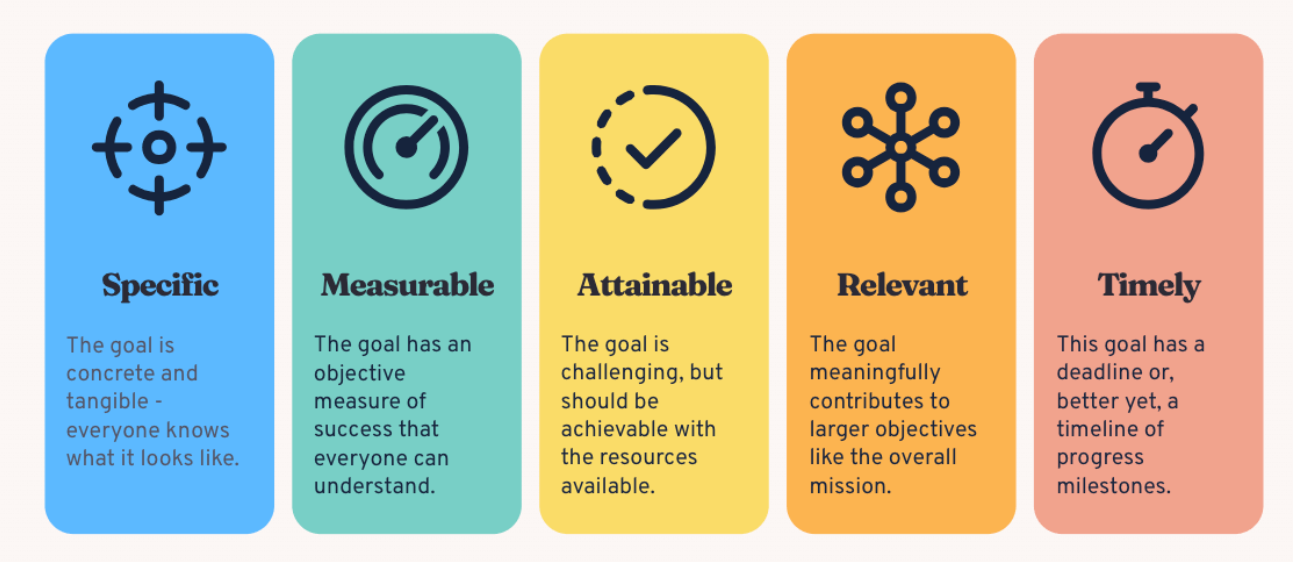
Step 3: Choose the Right Marketing Channels
Finally, it’s about making smart, data-driven decisions about where to invest your marketing efforts. There are innumerable marketing channels available today, from traditional media such as print and broadcast to digital formats such as:
- Social media
- Email marketing
- SEO
Understanding what each channel offers, and how your target audience interacts with them, is crucial. Selection should be based on evidence of efficiency for your type of service/product and your target audience. It’s also essential to know that digital marketing optimization differs from a more traditional marketing optimization process. So, constantly adapting your optimization efforts is vital.
Essentially, choosing the right marketing channels for your business ensures your messages are reaching your target audience where they are most likely to engage. By identifying these environments, you’re increasing your chances of generating quality leads and conversions.
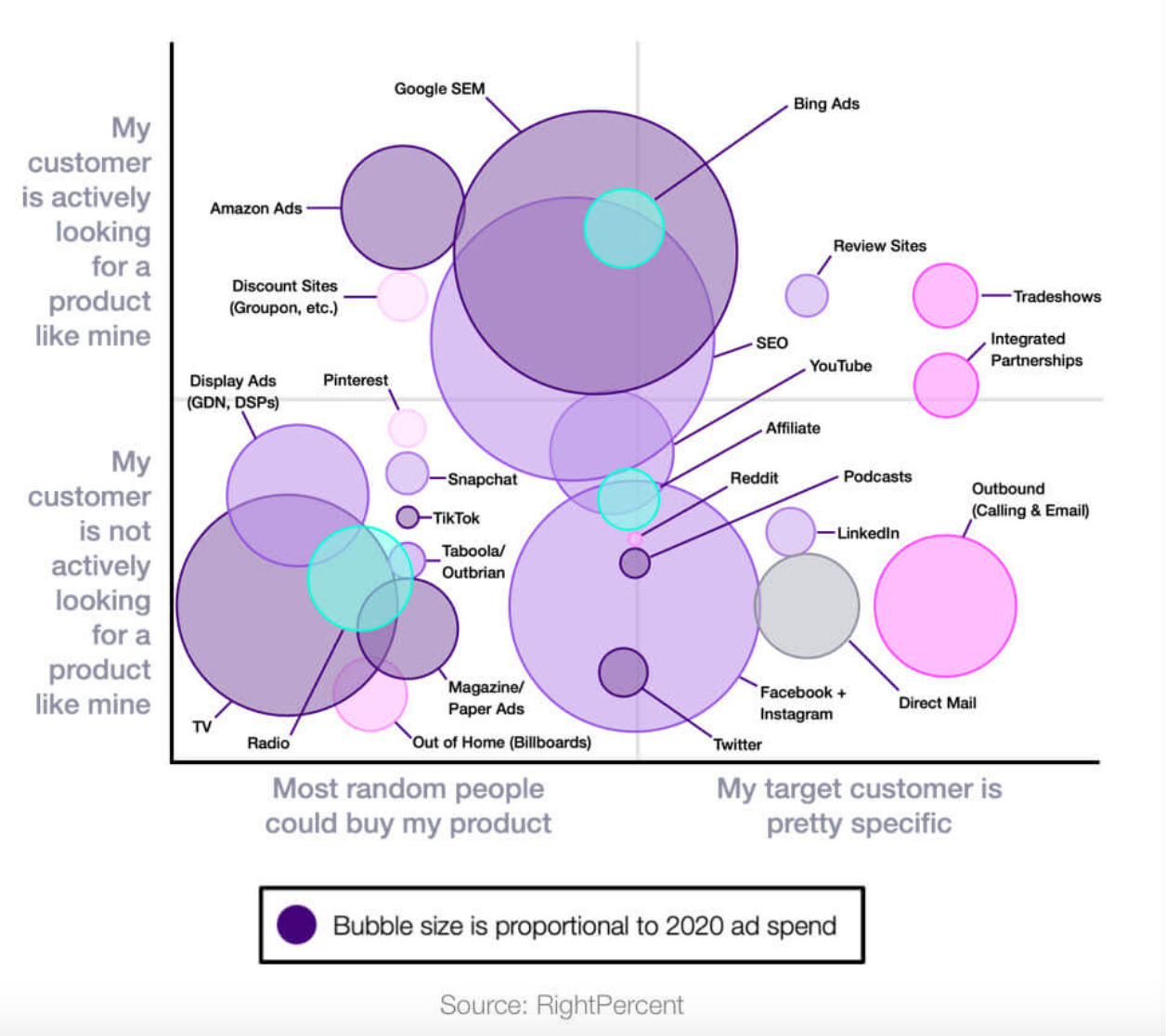
Supercharging Your Strategy: Advanced Techniques for Marketing Optimization
- Data analytics propels informed decision-making
- A/B testing paves the way for refining marketing strategies
- SEO boosts online presence and visibility
Leverage Data Analytics for Decision Making
Database-powered marketing optimization, anyone? The backbone of any successful marketing strategy is understanding and leveraging data. It’s about time we highlighted a key player behind the scenes – data analytics.
As marketers, we’re inundated with raw data every day. From customer preferences to behavior patterns; it’s all there, waiting for us to make sense of it. But how exactly does data assist in marketing optimization?
Context is essential when it comes to marketing data. Alone, it’s, well, just numbers. But, with proper analysis, it becomes a guidebook to
- Understanding your audience
- Predicting market trends
- Driving performance
Water into wine, if you will.
Moreover, marketing analytics tools are the magic wand that transforms raw data into actionable insights. These handy devices connect the dots, revealing patterns and trends previously hidden within heaps of data. They help marketers identify what’s working, what isn’t, and how they can position their marketing strategy for maximum impact.
Implement A/B Testing
Meet A/B testing – the marketing equivalent of trial and error. However, this trial and error is fueled by data, not luck.
So, what is A/B testing? Simply put, it’s an experiment method where two versions (A and B) are compared to see which performs better. Sounds simple? It actually is. And the best part – it has the potential to dramatically improve your marketing results.
A/B testing is like your very own marketing lab where you get to test everything from color schemes on your website to email subject lines. Once you identify which variant drives better results, you can incorporate the winning element into your strategy, aligning your efforts more closely with audience preferences and behaviour.
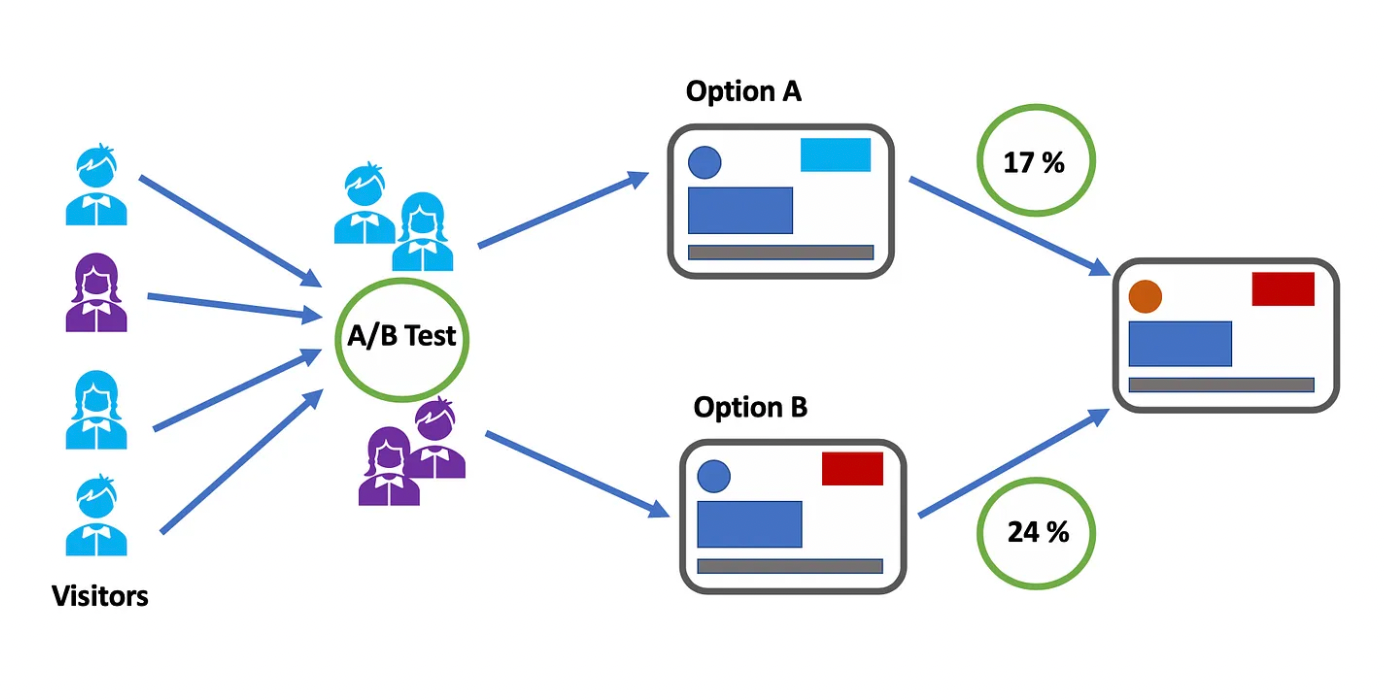
Embrace SEO for Better Visibility
Lastly, let’s discuss SEO – the powerhouse behind any solid digital marketing strategy.
At its core, SEO, or search engine optimization, is all about improving your website’s visibility on search engines. It’s what ensures your online presence isn’t just a lone voice in the digital universe, but a well-heard shout.
But why should you be bothered about SEO in your marketing campaign? The answer is simple – visibility translates to traffic, which then converts to:
- Potential leads
- Sales
- Sustained customer loyalty
Hence, an optimized SEO strategy is non-negotiable in the world of digital marketing. With effective SEO practices, your brand does not just exist online; it thrives.

Beyond the Basics: Understanding the Role of Content in Marketing Optimization
- Unleashing the influence of content on marketing outcomes.
- Top advice for crafting engaging, impactful content.
- Combining SEO and content marketing for superior results.
The Power of High-Quality Content
High-calibre content is the cornerstone of successful marketing. When drafted with flair, strategic thinking and a solid understanding of your audience’s interests, it becomes an invaluable tool that drives your marketing results skyward.
Content is the voice of your brand. If articulated well, it resonates with your target market, building trust and boosting interaction rates. It can effectively spotlight your services or product’s unique selling proposition, subtly nudging the audience towards conversion.
Creating top-quality content is not an overnight process. Keep the following tips in mind:
- Thoroughly understand your audience: their needs, challenges, and preferences.
- Craft content tailored to them.
- Be consistent with your brand’s tone and messaging consistency gives credibility.
- Keep your content concise and to the point. Brevity is the soul of wit; avoid jargon that may confuse the reader.
Content Marketing and SEO: A Winning Combination
The synergy of content marketing and SEO results in a powerful marketing strategy. Integrated effectively, they can fuel your brand’s:
- Reach
- Visibility
- Traction
Search engine optimization (SEO) plays a pivotal role in increasing a website’s visibility on search engine result pages (SERPs). However, SEO isn’t strictly technical components and keyword optimization – at its heart, it’s about delivering valuable, user-focused content.
To leverage the symbiotic relationship of content marketing and SEO fully, focus on creating content that your audience finds informative and helpful. Prioritize relevance and quality over keyword stuffing; the search algorithms reward content that resonates with users.
To make your content more SEO-friendly, try to ensure you’re always:
- Optimizing images
- Writing compelling meta descriptions
- Structuring your content
- Utilizing relevant keywords smartly
Balance is key here – remember that you’re writing for humans first, and then for search engines.

Future-Proof Your Content
To future-proof your content, adopt a user-focused SEO approach. Google’s algorithms are increasingly moving towards evaluating websites based on the overall user experience they provide. Consequently, to stay ahead of the competition it’s crucial to focus on aspects like:
- Mobile-friendly design
- Website load speed
- User-friendly navigation
- High-quality, SEO content
The Future of Marketing Optimization: Trends to Watch
- Stroke your worldwide competitors with AI-boosted marketing strategy
- Personalized marketing boosts your ROI by making your customers feel valued
- Rightly harness the power of social media to begin an unending conversation with your audience
The Rise of AI in Marketing
Looking at the horizon of the marketing landscape, it’s hard to miss the hulking figure of artificial intelligence (AI). It’s no longer a wild prediction – AI is here and is already reshaping how marketing optimization is done.
AI’s potential to simplify tasks, analyze massive data sets, and predict consumer behaviors are propelling it to the forefront of progressive marketing strategies.
For example, AI-guided content creation and automated email marketing campaigns are already delivering more personalized and efficient interactions with customers. This not only improves the customer experience but allows marketers to focus on strategy and creative work.
Take Penfriend for example. Our simple tool can produce an optimized and engaging piece of content in just a few minutes. This allows smaller businesses to scale their content output and levels the playing field.
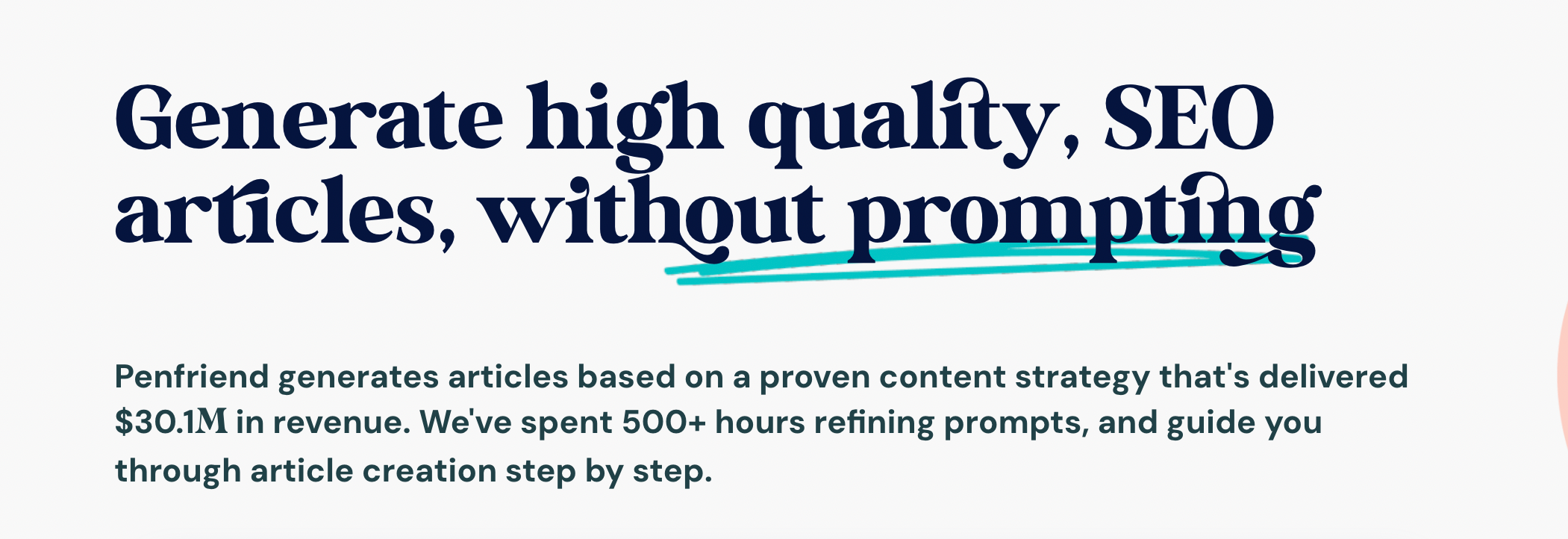
The Importance of Personalization
In a world oversaturated with often identical marketing messages, personalized marketing stands out by addressing the individual needs and preferences of each customer. Not only this is more effective than one-size-fits-all marketing messages, but it also fosters a stronger history with the consumer.
Using AI and data analysis, marketers can now identify unique customer clusters and tailor messages that resonate personally with them. The trick is to balance data-driven insights with creativity.
Implementation of personalization in marketing involves more than just addressing customers by their first names in emails. It’s about using data to deliver relevant content at the right time through the right channel, creating meaningful connections that drive engagement.
The Impact of Social Media
Living without social media seems unthinkable for most people today. This reality has ingrained social media into modern marketing strategies. It’s not just about posting periodically; social media platforms now serve as an invaluable tool for:
- Customer interaction
- Brand building
- Lead generation
When it comes to social media marketing optimization, quality trumps quantity. Rather than spreading thin over numerous platforms, it’s more beneficial to focus on a few channels where your audience spends most of their time. Moreover, creating engaging content and fostering meaningful interactions are key to enhancing brand visibility and driving conversion.
Remember, social media is an ongoing conversation with your audience, not a monologue. So listen, engage, and let your fans feel heard. After all, marketing is all about building relationships, and nothing beats social media at fostering this connection in the digital age.

Case Studies: Real-Life Examples of Successful Marketing Optimization
Learn from some of the best in business:
- Be impressed by the way Zapier swooped the market with their SEO strategy.
- Have your mind boggled over Grammarly’s effective use of data analytics.
- Watch how Carwow’s innovative content marketing approach revolutionized audience engagement.
Case Study 1: Zapier’s Successful SEO Strategy
Observe Zapier, a bellwether of the industry whose masterful SEO approach consolidated their position in the market. Their strategy, rooted in data-driven insights, focused on key areas like keyword research, quality content creation, strong backlink profile, and consistent technical SEO improvement.
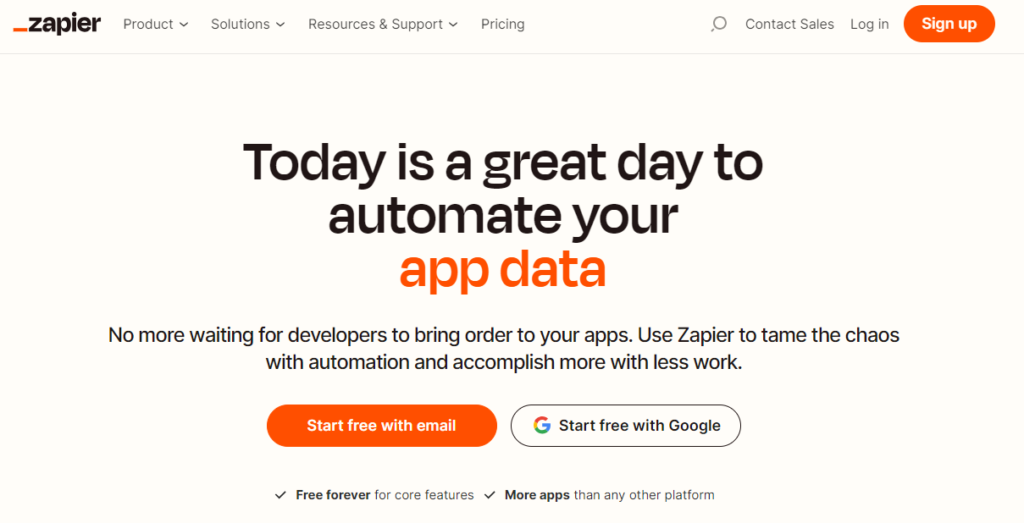
Zapier scrutinized user analytics, competitive analysis and industry trends, refining their keywords to align with their audience’s intent. Organic content creation was given prime significance, powered by these keyword analytics to ensure optimal search engine rankings.
They used SEO effectively to generate 1.6 million monthly search visits primarily from their blog. Zapier focused on optimizing blog content and strategically using keywords relevant to their industry to boost organic traffic significantly
The fruits of this heavy SEO investment were clearly visible in Zapier’s ROI. A significant surge in organic traffic led to improved lead generation and sales, placing Zapier a notch higher than their competitors.
MASTER TIP – No magic wand for SEO success, only constant adaptation and exploration!
Case Study 2: Grammarly’s Effective Use of Data Analytics
Grammarly’s triumphant tale circles around its ingenious use of data analytics. How did they do it? Sat right at the heart of their strategy was:
- Simplifying customer segmentation: This enabled them to identify distinct customer groups based on shared attributes and behaviour.
- Predictive analytics: This allowed them to forecast customer behavior by analyzing past trends
- Behavioral tracking: This helped them understand user engagement, driving customer-centric marketing strategies.
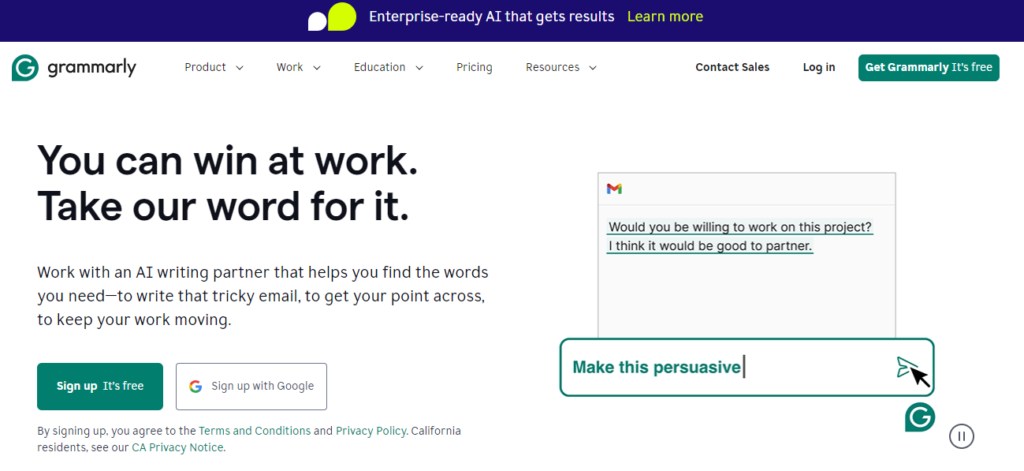
The impact was resoundingly positive. Increased customer engagement, better-targeted marketing efforts, and improved customer satisfaction were some of the critical positives attained by Grammarly. What’s the mantra, you ask? Skilful data interpretation to provide personalized customer experience!
They leveraged data analytics to grow their platform, optimizing content and user experience based on detailed data analysis. This approach resulted in Grammarly achieving over 22 million monthly search visits, showcasing the power of combining high-quality content with robust data analytics (Ahrefs).
Case Study 3: Carwow’s innovative content marketing Approach
Lastly, moving to Carwow, recognized for its ground-breaking content marketing approach. Their strategy? Creating engaging, valuable content that resonates with their target audience and fuels brand engagement.

They successfully tapped into a rich variety of content formats, like:
- Blogs
- Videos
- Whitepapers
- Infographics
Each piece of content created was meticulously designed, keeping the audience’s needs, preferences, and challenges at its center.
By implementing an innovative content marketing strategy focused on user needs and search intent, carwow increased their monthly search visits to 2.6 million, worth $3.5 million in value. Their strategy was anchored in understanding what their target audience was searching for and providing comprehensive answers and solutions through their content
Carwow’s content-led strategy drove:
- Robust audience engagement
- Boosted brand presence
- Improved customer retention and conversion rates
Their content, therefore, turned into a powerful tool, reinforcing the essential lesson – Content is King!
With these concrete examples in your arsenal, you’re equipped to embark on the optimization journey of your marketing strategy. Abstract strategies may seem frustratingly vague, but when materialized through real-life examples, serve as tangible learning instruments you can implement and benefit from.
Charting Your Marketing Success
The top 1% of marketers focus on data-driven decisions, fostering genuine customer connections, and being ardent advocates for experimentation. Like cooking a perfect meal, balancing these ingredients is key.
Tried and true methods might be comforting, but venturing into the innovative could forge the path to your marketing nirvana. Not just for its own sake, but because it’s a game-changer in terms of customer engagement and relevance – your important yardsticks for success.
Now, take the baton. Analyze your data and look beyond the numbers – what do your customers want? How can you make that connection more personal? Are you brave enough to test new waters?
Lastly, how will you marshal these insights to elevate your brand’s marketing strategy, just like the top 1% of marketers? Let’s leave old-school marketing in the rearview mirror and drive off into the sunset of innovation.
Remember, marketing isn’t a monologue, it’s a conversation.
Are you ready to start talking?
Optimizing Your Marketing Strategy FAQ
Q1: What does ‘optimizing your marketing strategy’ mean?
A1: Optimizing your marketing strategy involves reviewing, adjusting, and testing your current marketing activities to improve overall performance and efficiency. It’s about making your marketing efforts more effective to meet or exceed your business objectives.
Q2: Why is identifying my target audience important?
A2: Identifying your target audience is crucial because it ensures that your marketing messages are tailored to the people most likely to purchase your product or service. Understanding your audience’s demographics, interests, and behavior helps create more relevant and engaging content.
Q3: How can setting clear and measurable goals impact my marketing strategy?
A3: Setting clear and measurable goals provides direction and benchmarks for your marketing strategy. It helps you focus your efforts on what’s important and enables you to track progress and measure success effectively.
Q4: Why is choosing the right marketing channels important?
A4: Choosing the right marketing channels is important because it ensures that your marketing efforts reach your target audience in the environments where they are most active and engaged. This increases the likelihood of generating quality leads and conversions.
Q5: How can data analytics improve my marketing strategy?
A5: Data analytics can improve your marketing strategy by providing insights into customer behavior, campaign performance, and market trends. This information allows for data-driven decision-making, leading to more targeted and effective marketing efforts.
Q6: What is A/B testing, and how does it help?
A6: A/B testing, also known as split testing, is a method where two versions of a marketing element (such as an email, landing page, or ad) are compared to determine which one performs better. This helps in refining your marketing strategies and improving the effectiveness of your campaigns.
Q7: How does SEO contribute to marketing optimization?
A7: SEO (Search Engine Optimization) contributes to marketing optimization by improving your website’s visibility in search engine results, driving more organic traffic, and increasing potential leads and conversions. It’s a key component in ensuring your online content reaches your target audience.
Q8: Why is content quality important for marketing?
A8: Content quality is important because it engages and retains your audience, providing value that establishes trust and authority. High-quality content is more likely to be shared and ranked favorably by search engines, leading to increased visibility and brand recognition.
Q9: How can I combine SEO and content marketing effectively?
A9: Combining SEO and content marketing effectively involves creating valuable, relevant content that incorporates targeted keywords, optimizing content structure for user experience, and building quality backlinks. This approach enhances your visibility in search results and engages your target audience.
Q10: What are the upcoming trends in marketing optimization I should be aware of?
A10: Upcoming trends in marketing optimization include the increased use of artificial intelligence and machine learning, the importance of personalization and customer experience, the growing significance of video and interactive content, and the continuous rise of social media as a key marketing channel.

